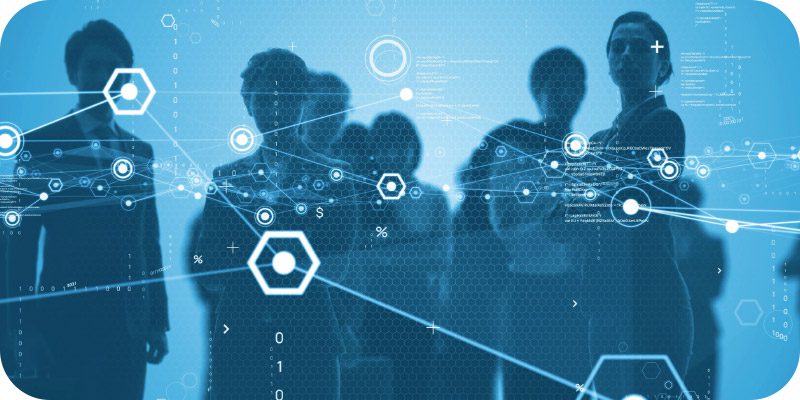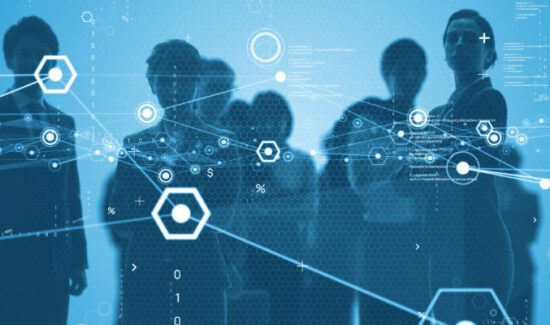The Future of Tech Is Here: Five Tech Trends Shaping 2025

Globant’s Diego Tartara offers commentary on how the future of tech is here with the tech trends most impactful so far in 2025. This article originally appeared in Insight Jam, an enterprise IT community that enables human conversation on AI.
Humanity is on the edge of a technological revolution like no other. Eye-watering advancements in quantum computing, robotics, synthetic humans, and agentic systems are converging to spearhead a future in which technology is becoming increasingly intuitive, empathetic, and seamlessly embedded into our lives.
Once the new kid on the block, artificial intelligence (AI) is leading the way as it rapidly becomes embedded into every digital interaction, offering new paths for growth, creativity, and a richer quality of life.
For those with an appetite for technological progress, Tech Trends 2025, a report by Globant that examines the latest technological advances set to make a real impact in the next 12 months, explores all of these advances in depth.
1. Quantum Computing – Supercharging Computing Power
Quantum computing and quantum networks are about to change everything we know about data and digital innovation. Unlike traditional computing, quantum computing can solve complex problems much faster than traditional computers, making it much closer to human thinking because it can explore multiple possibilities at once.
Tech giants like IBM and Google are out in front with groundbreaking research and development using cutting-edge Large Language Models (LLMs) and Large Action Models (LAMs) to bring us closer to natural, human-like interactions with technology.
Boeing and Airbus are already leveraging quantum computing to optimize logistics and operations, transforming the aerospace industry. Plenty of others are in the pipeline, too. According to some experts, the global quantum computing market is set to explode from $412 million in 2020 to an incredible $8.6 billion by 2027.
2. Agentic AI Systems – Transforming the Future of Intelligent Systems
Agentic AI systems are a type of advanced artificial intelligence created to work independently by making decisions based on set goals, environmental information, and patterns they’ve learned. Unlike traditional AI, which usually sticks to fixed instructions, agentic AI has a sense of “agency”. In other words, it can understand its surroundings, make real-time choices, and take action without needing continuous human input.
According to Gartner, a third of interactions with generative AI by 2028 will involve action models and autonomous agents, capable of completing tasks without constant human intervention. This trend highlights the growing shift towards more sophisticated and self-sufficient AI systems.
3. Robotics – Sculpting a New World, One Innovation at a Time
Robotics has come a long way since its industrial roots in the mid-20th century, when these machines were often used to complete mundane and repetitive tasks. Today, robotics is being fused with cutting-edge AI to bring us closer to natural, human-like interactions with technology.
Analysts are predicting that asset inspection and human augmentation with exoskeletons could be the fastest-growing use cases for robotic solutions, especially in areas such as energy and utilities, construction, and manufacturing. But while much of the progress so far is for business or commercial applications, 2025 could be the year products start to feature in the home as well.
4. Synthetic Humans – Creating a New Generation of ‘Digital Friends’
If AI is making an indelible impact on the workplace, then synthetic humans – AI-driven entities resembling humans in appearance, personality, behavior, and intelligence – are also on the verge of making their mark.
According to Gartner’s report – Maverick Research Rise of the Digital Humans – half of B2B buyers will interact with a digital human in a buying cycle by 2026. By 2030, more than five million frontline and middle managers in midsize and large enterprises could be replaced by digital human managers in a move touted to raise employee productivity and engagement.
These increasingly photorealistic, emotionally engaging “digital friends” could be used to revolutionize everything from customer service and healthcare to retail and education by offering ultra-personalized interactions based on past behaviors and preferences.
In digital marketing, they will revolutionize market testing by replacing traditional focus groups with thousands of tailored digital personas to analyze data, simulate product spreads, and uncover effective strategies.
5. Invisible Experiences – the Emergence of Human-Technology Interactions
But perhaps the biggest change will come in the face of the paradigm shift that will ultimately redefine interactions between humans and technology. AI and associated technologies will no longer simply be tools. Instead, they will become an invisible, omnipresent force woven into the very fabric of our existence.
Frictionless interactions with technology – such as wearing smart glasses – will effortlessly anticipate what users need, delivering relevant assistance directly. For instance, by simply glancing at a restaurant in the street, smart glasses will automatically flash up the menu, post reviews, and allow you to book a table with a simple nod. In-built bone conduction audio technology will allow the same information to be whispered into your ear as well. Going out for a bite to eat will never be the same again.
For us, only one thing remains. We must embrace the future with optimism. Not only will these emerging trends redefine our interactions with technology, but they will also enhance our quality of life. The future is not somewhere beyond our reach. It’s already here. And it’s shaping up to be extraordinary.




